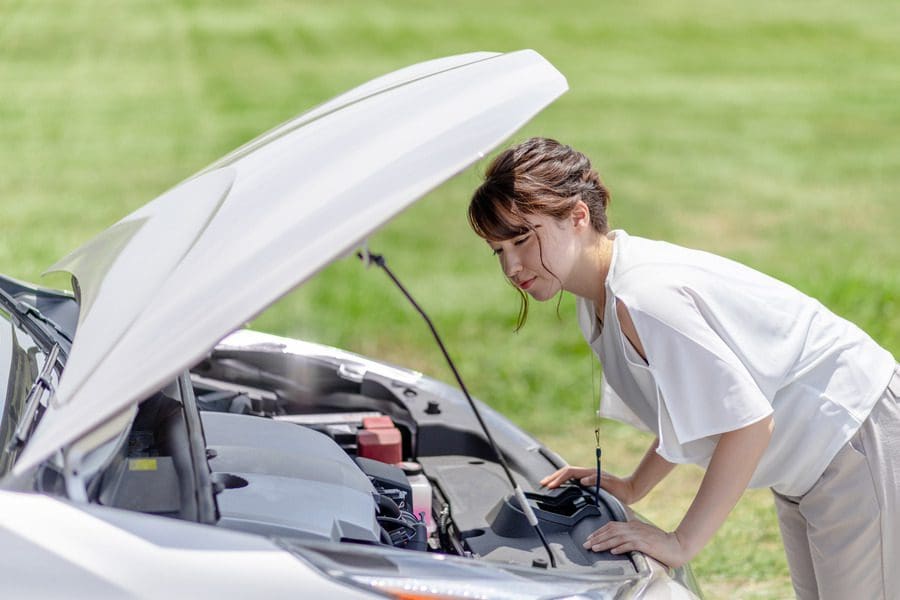Your car is like your body: If you dismiss the warning signs, you may end up with an even bigger (and more dangerous) problem. Here, we discuss what alerts you should never ignore when it comes to your car.
Dashboard Warnings
It’s important to familiarize yourself with what each light on your car’s dashboard indicates and the color of the warning lights. This way, when a light appears, you will know what it means. For example, a blue or green light typically means something is running; a yellow or orange light typically means you need to check something or that something needs a service; a red light usually indicates a serious problem. If you are unsure what a light means, check your owner’s manual.
Noises and Vibrations
It is normal for cars to rattle or make creaking sounds as they get older. But if a new clicking or knocking noise appears, you should have it checked out. Here are some examples:
- A high-pitched sound that disappears when you park your car may be due to a loose heat shield.
- If your vehicle is thumping over bumps, it may be due to the suspension.
- If your car is making a groaning noise while turning at low speeds, it may be low on power steering fluid.
- If your engine is suddenly getting loud, it may be due to a break in the exhaust system.
- When you start your engine, a high-pitched shriek may indicate your drive belt is worn out or loose.
Vibrations in the car are usually nothing serious if you can determine where they are coming from. But if you are unsure, it is best to have it looked at; you don’t want to take any chances.
Tire Pressure
Most cars come with a tire-monitoring system. The dashboard light, which looks like a tire with an exclamation point, will appear if any tire’s pressure decreases by 25% or more. Watch for this warning sign, especially in the autumn and winter, as cold temperatures can reduce tire pressure. If your car doesn’t have this warning light, you should also be on the lookout if:
- Your steering is less accurate when you turn corners.
- When you hit the brakes, it takes longer for the car to slow down.
If a tire is losing air quickly, avoid driving, as it might cause you to lose control of your vehicle. If you think your tire pressure might be low, slow down and stop where it is safe. If there are no signs of a flat tire, drive to the nearest service station.
Brakes
The brake alert dashboard light will typically appear as an exclamation mark in a circle with brackets surrounding it. It can also appear as the word “brake.” When this light appears, it can mean the following:
- Your handbrake is on.
- The brake system is failing.
- The brake fluid level is low.
First, check that you are not driving with your handbrake on. If this is not the case, have an expert look at it.
A Weird Smell
Never avoid a weird smell coming from your vehicle. For example, if you smell petrol, it could be that some of it leaked onto your clothes while filling up your car, but it could also be a fuel system leak or a broken fuel line. Make sure your gas cap is screwed on properly. If you can’t determine where the smell is coming from, you may want to call a tow truck.
Not all of your car’s alerts are serious, but by checking them out, you could prevent a big problem from arising – and potentially save a lot of money on repair costs!






